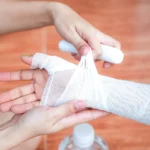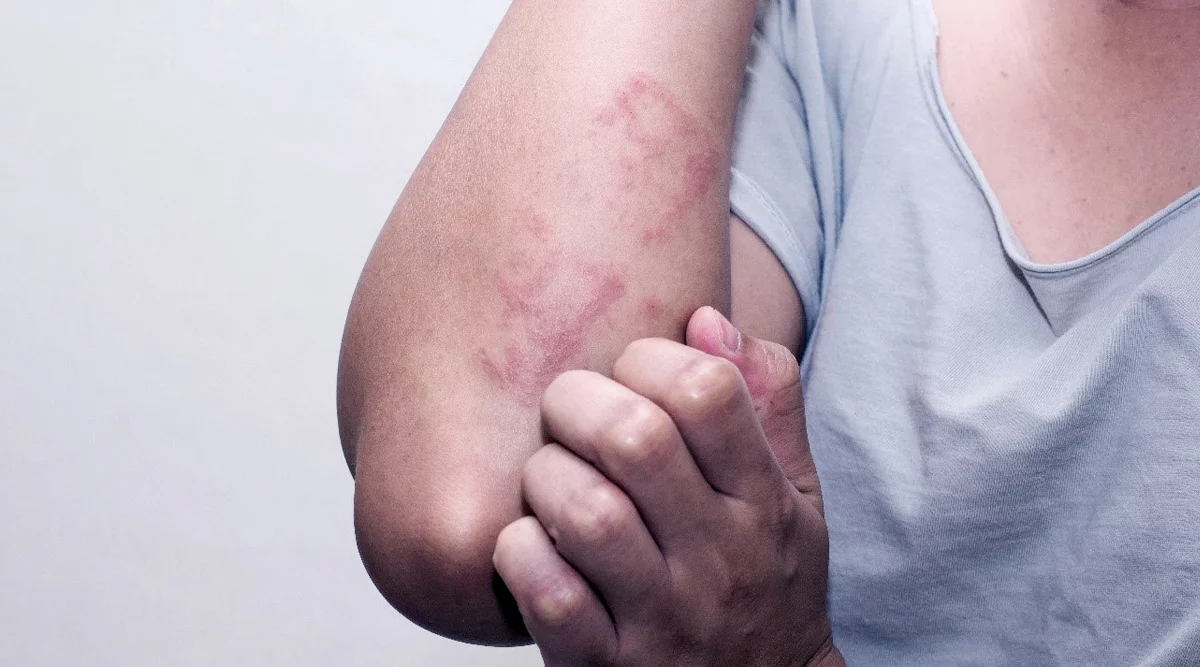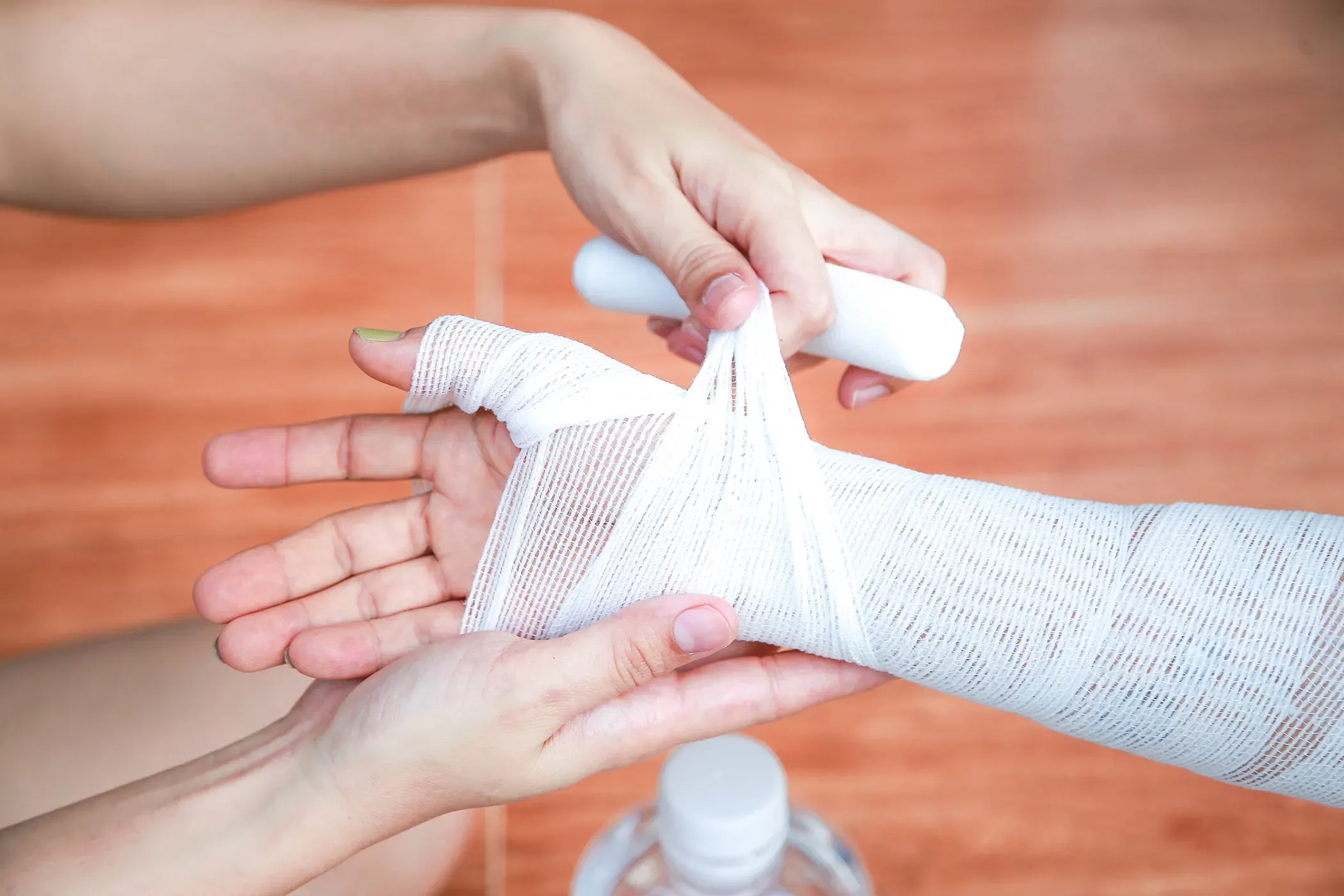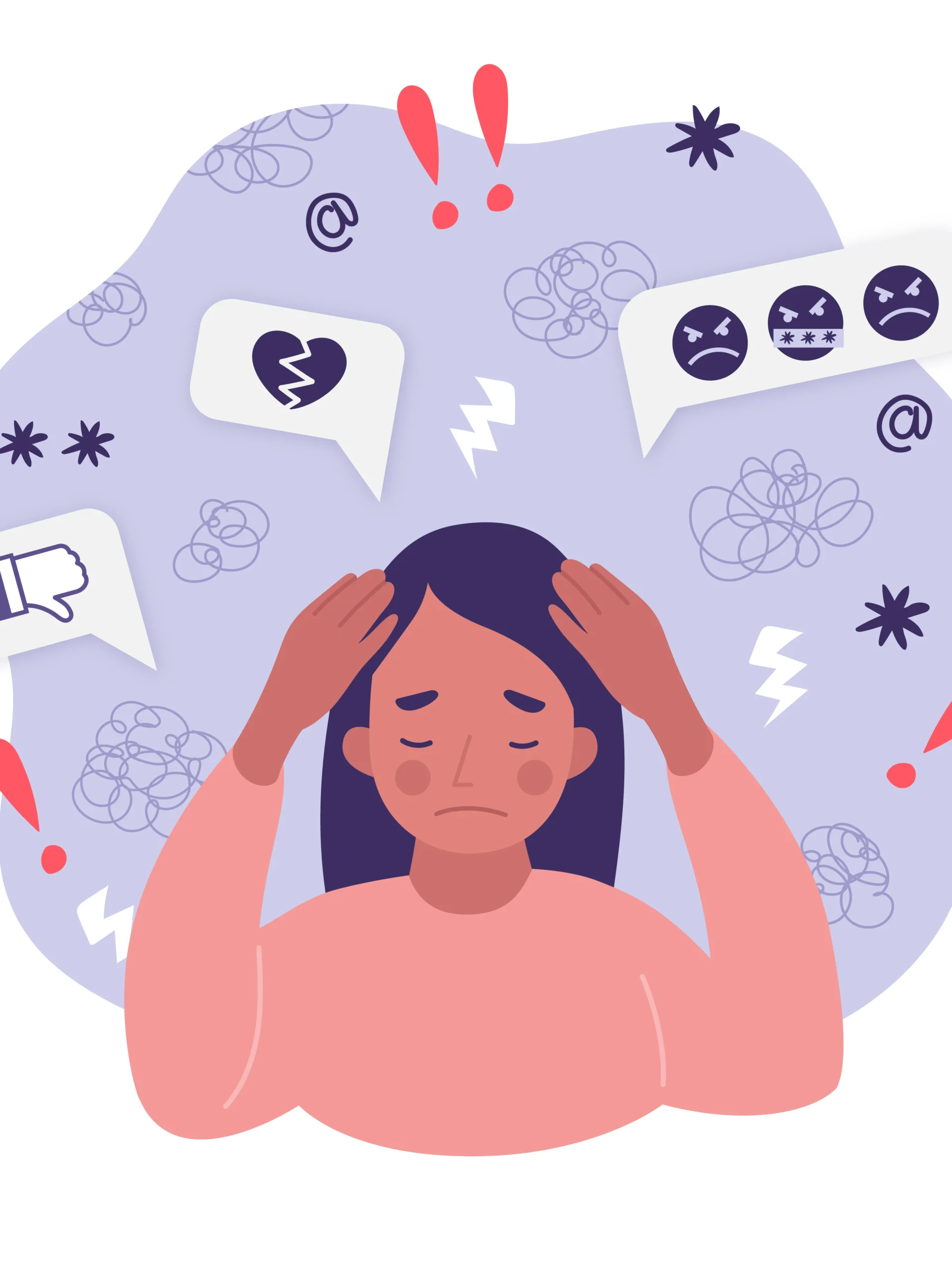By catching a fungal skin issue at its earliest, it can be treated immediately, therefore minimising the chances of spreading throughout the body and / or becoming chronic. Mild symptoms may go untreated, leading to widespread lesions, secondary bacterial infections, or chronic itch. In addition, early treatment is generally more primitive, with topical applications instead of extensive systemic treatments.
Common Risk Factors
There are some conditions and behaviours that leave you more vulnerable to fungal skin problems:
- Warm, Humid Environments: Fungi are best suited to a warm, moist environment. The perfect environment is created by sweating excessively or staying outdoors in humid weather for too long.
- Occlusive Clothing: Fabrics that are tight or are non-breathable will keep moisture next to the skin, especially in areas like the groin, under the breasts and between toes.
- Compromised Immunity: Conditions like diabetes, the use of steroids, or chronic illnesses can suppress immunity, allowing the fungi to grow.
- Poor Hygiene Practices: Washing them infrequently and/or not drying properly after bathing can lead to fungus. Prevention is always via proper cleaning, by using a disinfectant soap for example, kz soap, and drying well.
Key Early Signs to Watch For
Identifying these minor changes can help differentiate it from the fungal issue and other skin irritations:
- Persistent Itching or Burning: A persistent local itch is frequently experienced days or even weeks prior to the rash occurring.
- Mild Redness and Inflammation: The initial fungal lesions can appear as pale pink or red spots with a mildly elevated rim.
- Scaling or Flaking: Itchy, scaly patches suggest a fungus at work, especially if they are small, dry scales or flakes of skin found on your feet, scalp or hands.
- Ring-Enhancing Lesions: Rringworm has round spots that are clearer in the middle and have well-defined edges.
- Small Blisters or Pustules: Small, leaking blisters may gather near an inflamed area, before bursting and becoming crusty.
- Scratching: This type of itch is different from usual mosquito bites, where itching is better with clothing friction and scratching, in fungal itching it gets worse with clothing friction and scratching.
Read Also: Does Turmeric Burn Belly Fat? A Science-Backed Analysis
Types of Fungal Skin Problems
- Tinea Pedis (Athlete’s Foot)
- Starts between the toes with itching, scaling and sometimes with burning.
- Tinea Corporis (Ringworm)
- Presents as ring-shaped, scaly patches on the body and limbs
- Tinea Cruris (Jock Itch)
- Red, itchy, well-defined patches found in the groin area.
- Tinea Capitis
- Candidiasis
Diagnostic Steps
If you are see something fungal with the skin, keep all of the following in mind:
- Self-Examination: Check the warm, moist areas, between toes, underarm, groin and under the breast, using a mirror if necessary.
- Open access antifungal trials: Treat with topical antifungal cream or powder for one to two weeks; if better, fungal.
- Professional Assessment: A dermatologist may take a skin scraping, which can be looked under a microscope or cultured to clarify the type of fungus.
Early Self-Care Measures
Home care, when performed immediately after diagnosis, can slow progress in numerous mild cases:
- Keep Skin Clean and Dry: Clean any involved area once a day and apply kz soap if necessary and dry well, especially in the folds.
- Wear Comfortable Shoes and Clothes: Choose cotton or quick-dry materials, and sandals with straps, to minimise sweating.
- Use Antifungal Products: Apply topical creams (clotrimazole, terbinafine) or medicated powders once or twice daily as indicated.
- Rotate Shoes and Towels: Air-dry footwear completely; wash towels and change socks daily to avoid reinfection.
When to Visit a Medical Professional
Seek medical advice if:
- The rash continues to spread or worsen at home.
- You have intense itching or pain, or swelling.
- You see fever, pus, or evidence of secondary bacterial infection.
- The scalp or nails are affected, and they generally need prescription-strength treatment.
- Prompt systemic antifungal treatment or topical agents are necessary to prevent more prolonged treatment at a later stage.
Advanced Treatments
- Enhanced Topical Formulations: Recent topical creams are antifungals combined with an anti-inflammatory agent for relief of itch and rapid clearance of lesions.
- Probiotic Adjuncts: Topical or oral probiotics may restore normal skin flora, which preliminary studies suggest could reduce recurrence.
- Digital Tracking Apps: Patients are assisted through treatment regimens with smartphone apps that include reminders and a method of checking their progress with pictures.
Preventive Recommendations
Long-term habits reduce the chance of being faced with the same situation again:
- Practice Regular Foot Care: Keep powder on toes and repeat antifungal powder between them; allow shoes to dry between wearings.
- Maintain Healthy Skin Barrier: Gentle cleansers do not require the skin to be scrubbed, but will be more effective than a preparation that requires scrubbing.
- Boost Overall Immunity: Resistance to fungal overgrowth is reinforced by a balanced diet full of vitamins, good sleep and stress resistance.
- Avoid Shared Personal Items: Avoid sharing towels, socks or shoes in places like gyms and pools.
Conclusion
Although a fungal skin disorder can be tricky to site initially, if someone has persistent itching, mild redness, some scaling or a defined ring it is often seen, but even in warm, humid body sites, places can respond early. Usually, however, self-care, kz soap, loose clothes and OTC antifungals help nip these infections in the bud. A doctor can determine the exact cause when home treatment does not relieve symptoms or if symptoms become more severe, allowing for targeted, prescribed therapy. However, taking necessary precautions and avoiding bad lifestyle habits can help you in maintaining your skin health and consulting with a doctor about fungal infections will prevent you from serious skin problem.
You May Also Like: Prostavive Colibrim: A Deep Dive into Prostate Health’s Mysterious Supplement











